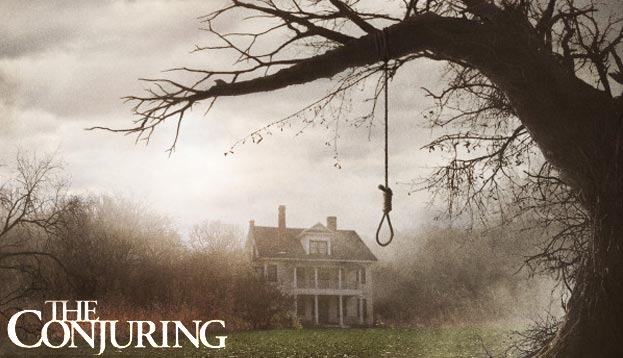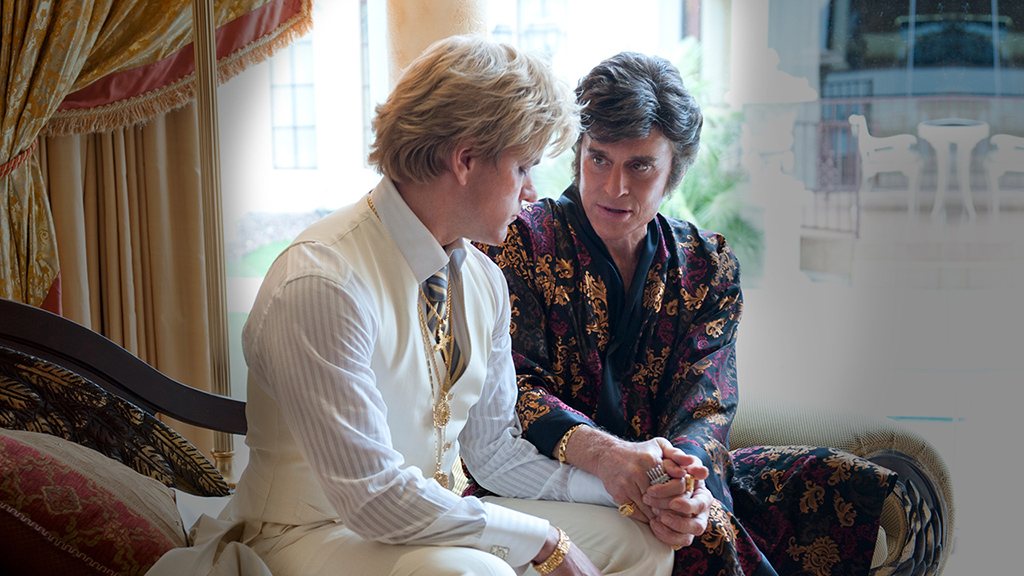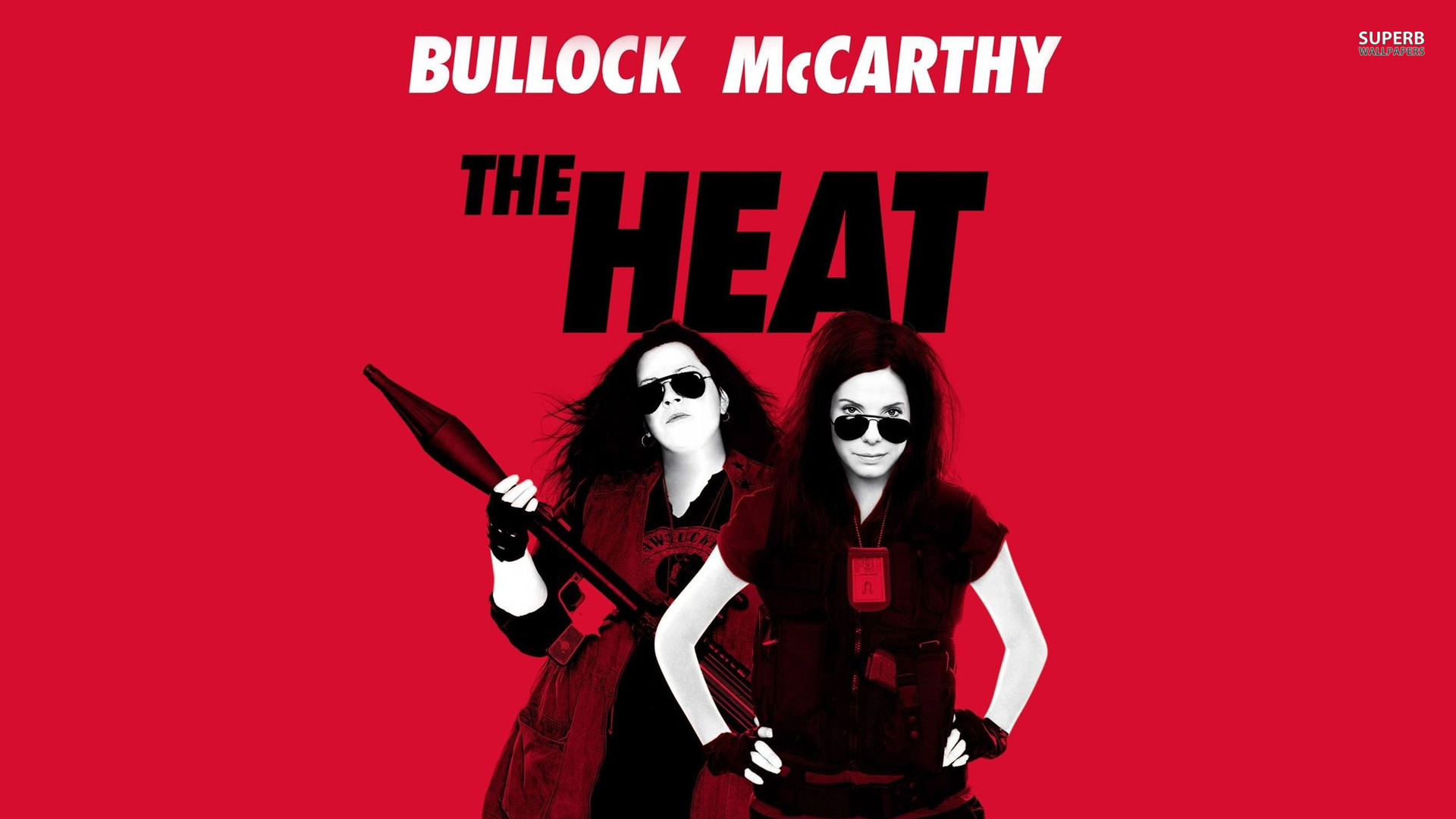It’s so rare that I go to a new horror movie and come out of
it scared. Hell, it’s rare that I come out of new horror movie merely
satisfied. I will admit that as one of
my pet genres, I do tend to cut a mediocre schlocker more slack than it
might deserve, even if after only two weeks I completely forget about it. “The Conjuring” however, cannot be as easily dismissed. This is a memorable offering
that earns an inclusion within the lineage of great haunted house thrillers,
while at the same time managing to create a new set of thrills, all its own.
Most of all, and more importantly, it’s really damn scary.
This
film claims to be based on true accounts and as per usual you can take that as
seriously as you like. Supporting this claim, the central characters,
paranormal researchers Ed and Lorraine Warren (Patrick Wilson and Vera Farmiga),
are based on two true-life ghost hunters—both of which have spoken at ISU some
time ago. Whereas most of these horror movie ‘expert’ archetypes are usually
only included for expository reasons, here they are written with care and
consideration and have just as much at stake in the plot as the victims of
their discoveries.
The
story follows a 1971 family that moves into a rural house, bought on auction.
Unfortunately for these parents (Ron Livingston and Lili Taylor) and their five
young daughters, this property comes with a dark history and a lot of
unexplainable activity. After enduring cold spells, weird smells and dead pets,
they call the Warren’s to come in and take a look. The prognosis is bad. Really
bad in fact and due to some recent trauma involving their line of work, Ed and
Lorraine decide, despite their trepidations, to put off their long awaited
vacation to help this poor family.
On paper
several aspects of this script strike as generic, common traditions of the ‘bad
place’, haunted house paradigm. And admittedly much about this set-up brings to
mind many films from the past and such as “The Amityville Horror”, “The
Exorcist” and “The Poltergeist” as well as recent copycats like “Sinister” and
the “Paranormal Activity” series, in which this movie shares some production
credits. But where most of the recent chillers
seem to fail in comparison to their influences, this film uses those preceding
tropes as a framework to build tension and subvert the audience’s expectations.
Director
James Wan (“Saw”, “Insidious”) carefully constructs an air of mounting dread
with this film and builds a solid foundation for the major scares early on by
letting you get involved personally with the characters and getting you
intimately familiar with the geography of the main sets. When the horror shifts
into darker, more terrifying gears the
audience knows exactly where what doors shouldn’t be opened, what rooms
shouldn’t be entered and what sounds mean bad business.
Reportedly
this movie avoided gore, nudity, or any explicit language to dodge an R rating,
but the MPAA still turned it down for a PG-13 because they found it simply too
scary as it was. I don’t know if this news was perpetrated by the filmmakers as
a form of marketing buzz or if it’s actually true, but having seen this film I
could believe it.
In a
time when ‘this’ kind of horror has been beaten into the ground “The Conjuring”
manages to wipe the slate clean and remind you how it should be done. Despite a
crowded ending climax that lays a few too many cards down at once and diffuses
some of the tension, this movie is a thoughtfully written, sympathetically
acted, and masterfully directed exception to the rule. Horror movies like this
don’t come too often, so go and see it while you can and don’t expect to get a good
night’s sleep for a while after.
Grade: A-
Grade: A-
Originally published in the Idaho State Journal/July-2013




